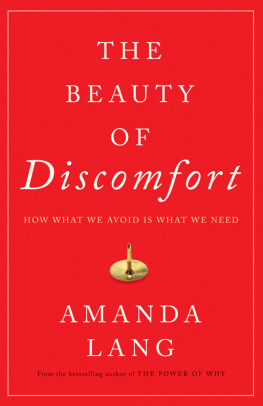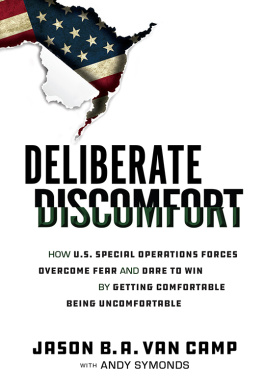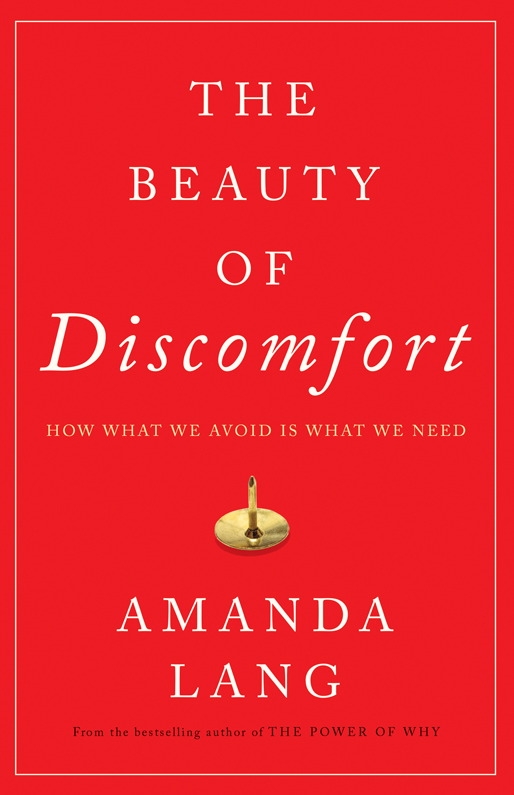I magine an industry that is decades old, stable and reasonably profitable, and serving customers in a reliable way. Service has been standardized so that customers get roughly the same experience no matter where they are in the country or which provider they choose. Its a highly regulated industry, so companies offering the service need a bunch of licences to operate and must comply with strict rules about employees qualifications and the number of hours theyre permitted to work per day. In many places, there are even regulations about where each company can offer its services so that all providers get a fair slice of the pie. The stability of the industry means that operating licences have become quite valuable, and owners can sell them for a tidy profit when they want to get out of the business. For this reason, the balance of power has shifted toward business owners and away from customers (who really have no meaningful choices, because all companies are pretty much the same) and workers (who dont share in the industrys profit in any meaningful way). But hey, thats the way its been for ages, so nobody really questions it.
Until, out of the blue, an upstart company comes along, wanting to offer the same kind of service but in a whole new way. The upstart doesnt bother getting the same licences, doesnt worry about the traditional regulations governing who can be hired, and refuses to steer clear of any particular geographical area. In other words, theres a brashness to the rookie: it doesnt play nice with the incumbents. But customers immediately embrace it, not least because its cheaper and more convenient. And its also tipping the balance back toward workers, so their share of the profit goes up.
Thats the story of ride-hailing service Uber.
Canadian-born Garrett Camp came up with the idea for the company when he was standing on a snowy street corner in Paris with his friend Travis Kalanick, trying to hail a taxi. It was an impossible task, but rather than just grouch about it to each other as most of us would, the two menwho happened to be successful entrepreneurs on the hunt for a new business ideaasked themselves whether there was a better way to match available cars to riders. They had a hunch that the current system was rife with inefficiencies, and that technology might be the answer.
Camp had already founded one start-up, an Internet search engine called StumbleUpon, and he was still running it (but had sold the business to eBay for $75 million) when he stumbled upon the idea for Uber. He and Kalanick created Uber Cab in early 2009 with $200,000 of their own money; after a trial period in San Francisco, the company, now named Uber, officially launched in 2011. By May, the company was expanding into a new American city every month; within a year, international cities were being added.
Uber doesnt own cars or employ driversits an app that connects riders and drivers over the Internet, automatically billing riders credit cards. A five-star rating system lets both riders and drivers grade each other; those with persistently poor ratings are drummed out. And the real genius of Uber is that ordinary citizens can use their own cars and fill the gaps when demand jumps.
When the bubble that had insulated the taxi industry for decades popped, existing operators were furious. Pre-Uber, municipal regulations had limited the number of cabs on the street, so taxi companies were always assured a certain amount of business. Uber had changed all that, and taxi revenues were plummeting. So was the value of an operating licence, which in 2012 had cost C$360,000 in Toronto and north of US$1 million in New York. Owners whod shelled out that much cash were livid; the value of their investment was depreciating daily. Now there were thousands of new vehicles on the street, driven by people who hadnt had to pay for taxi licences.
Cab drivers in cities around the world staged massive protests, but Uber continued to grow. Leaked documents suggest it racked up $3.6 billion in fares (before drivers were paid) in the first half of 2015. When Saudi Arabias sovereign wealth fund invested another $3.5 billion in the company the following year, Ubers valuationat least on paperreached $25 billion.
Overly protected and overly regulated, the taxi industry never really had a chance, right? Only it did. Any one of the incumbents could have created a smartphone app to let customers summon and pay for a taxi or limousine in exactly the same easy, seamless way Uber does. They certainly scrambled to do so afterward, when it was too late. And they could also have managed the peak-demand problem better, putting more cars on the road so that even in a snowstorm, riders would have a better shot at getting a cab.
The problem wasnt that improvements couldnt be implemented but that the taxi industry had become much too comfortable. Complacent, actually. Adaptability just wasnt in its DNA. There was no game plan for how to respond to new information, new customers, or new threats. And the story of an overly regulated, fat, and lazy industry being disrupted by an upstart could just as easily be told about the telecom and banking industries in many countries. The pattern described by Harvard professor Clay Christensen in The Innovators Dilemma is remarkably similar in diverse businesses: new entrants get into a sector at the low end, a part of the market that the giant incumbents dont really care about, and begin offering inferior but cheaper products, sometimes featuring a new technology. (Think of payment systems like Square or the first Android mobile phones.) But as the upstarts innovate and improve their products, they migrate up-market, until they are stealing big, valuable customers from the incumbents, who start to take notice. By that point, however, its oftenin fact, almost alwaystoo late. The incumbent is already on the way out.
Not long ago, I asked Christensen why businesses continue to fall into this trap, despite knowing that disruption is inevitable. He explained that no CEO can justify threatening or disrupting his main business on the chance that a new one will emerge. It goes against everything that CEO learned in business school, and also goes against human nature.
To understand change, then, we cant just look at industries or individual companies. The human element is everything. Often, one person can make a big difference, as Garrett Camp did. An individual taxi driver could also have lobbied to implement some of the relatively simple but user-friendly changes that led to Uber, years before Camp was standing on that street corner in Paris, wondering when a cab would turn up. But no one did.
Why not? Why do some people drive change while others are blindsided by it? And why are some people able to adapt and thrive when change is forced upon them, while others are flattened by it?
The ability to adapt is more important than ever because technology and globalization have accelerated the pace of change so dramatically. An innovation like the driverless carunimaginable to our great-grandparents, who probably remembered sharing the road with horseswill be ho-hum to our kids.
Economies that are still focused on yesterday are already paying a price for it. And inevitably, so are individuals. Any North American whos banking on the return of high-paying manufacturing jobsor a secure job at a newspaper, or a long-term gig in the oil industryis already struggling, or likely will be in the not-so-distant future. As our world evolves, so must we. Those who can changeand especially, those who can innovatehave the best chance of succeeding.
Several years ago, I became so convinced that reigniting our natural curiosity would unleash innovation, I wrote a book about it. But its become clear to me that asking











